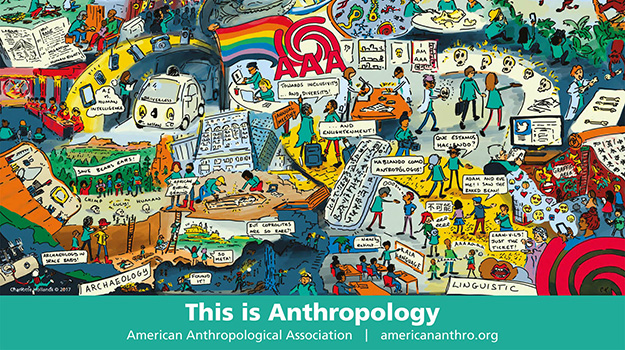
As a sub-field in cultural anthropology, visual anthropology studies the ways in which culture is manifested (presented), expressed (performed), and embodied (inner-feeling and sentiment) through visual symbols in relation to gestures, ceremonies, language, rituals, and artifacts. As such, scholarly attention focuses primarily on reception (the study of visual imagery and its relationship to social life and values) and production (the creation of ethnographic visual media). This course introduces students to the history of visual anthropology and issues of subjectivity, ethnographic authority, and cultural “othering” as they relate to representation. We also explore the theories and methods that inform the creation of ethnographic films and photographs. Although this course does not provide training in the mechanics of photography, lighting, videography, or editing, students will use visual methods to conduct fieldwork on a particular social and cultural behavior and use research techniques to study and analyze digital media.
- Teacher: Laurian Bowles
